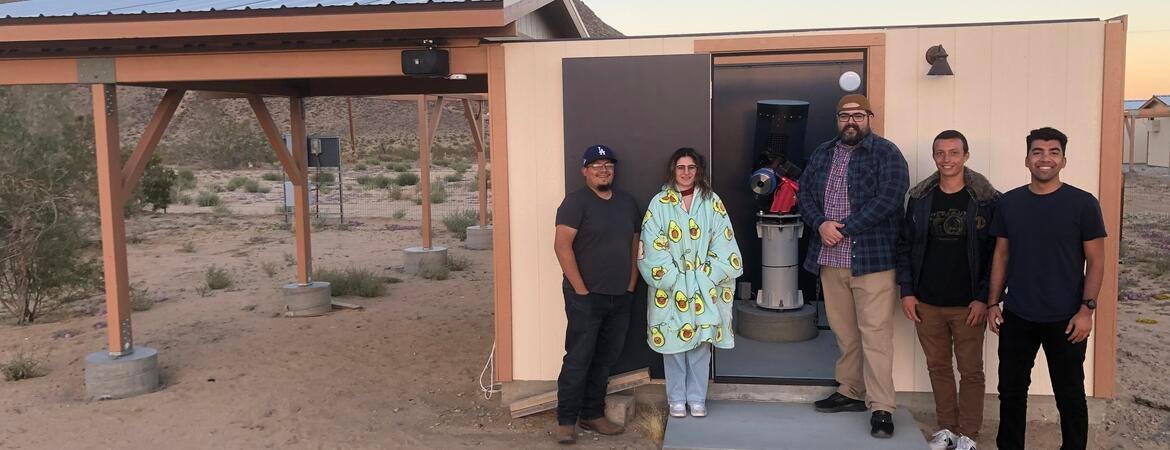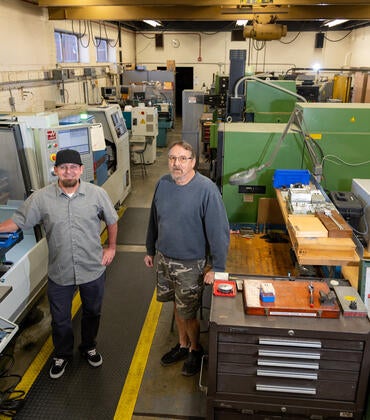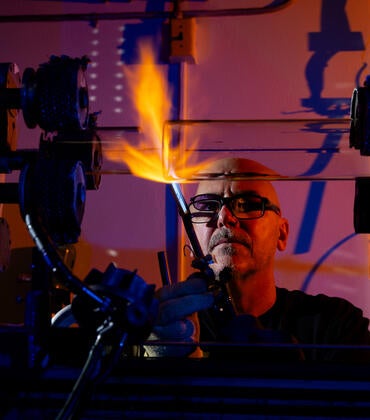Observational astronomy — the branch of astronomy concerned with recording data about the observable universe — just got more exciting for physics majors at UC Riverside. For the first time, the Department of Physics and Astronomy offered a course titled “Techniques of Observational Astronomy” that gave students the tools needed to plan, obtain, and analyze astronomical observations.

“This elective is part of the new astronomy track within the physics degree program,” said George Becker, an associate professor of physics and astronomy, who taught the course last quarter. “Nine fourth-year students were enrolled. As part of the course, they got to visit and use a telescope facility that our department set up in the High Desert north of Joshua Tree National Park.”
The telescope is a new capability for UCR. It was made possible by a National Science Foundation CAREER grant to Becker as well as funds from the College of Natural and Agricultural Sciences. The 14-inch telescope has a digital camera and filter wheel and is located at a site called Goat Mountain Astronomical Research Station, or GMARS, that is owned and operated by the Riverside Astronomical Society, a local amateur astronomy group unaffiliated with UCR.
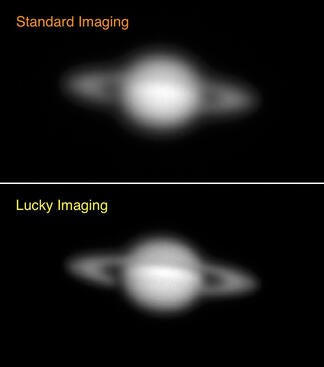
“We wanted a telescope with many of the capabilities of a full-scale research telescope, but one that is accessible to students and outreach groups,” Becker said. “It is permanently mounted inside a shed with a roll-off roof in the community of Landers. The telescope is computer controlled and any user anywhere can operate it remotely.”
The department plans to offer Techniques of Observational Astronomy every year.
The course includes three labs. Last quarter, the first lab focused on conventional broadband imaging. Students observed an open cluster of young stars and evaluated their brightness and colors to determine the age of the cluster. In the second lab, students used narrowband imaging to pick out emission from hydrogen gas, which can be used to infer star formation rates in the Milky Way and other galaxies. In the third lab, students used a technique called lucky imaging to overcome some of the blurring effects caused by atmospheric turbulence, producing sharper images of stars and planets.
Allison Tossounian signed up for the class because she was excited to learn how to use a telescope and how astronomers process data. She wanted to try something she had not done before, she said.

“I was also intrigued by the fact that it was a brand-new class and wanted to be a part of its creation,” she said. “Taking the course showed me how observational astronomers take images from a telescope and find new and exciting science through the data. I also learned that the large telescopes used to collect data are a lot more complicated than the average at-home telescopes. This course showed me the type of work I would be doing if I became an observational astronomer. If you are on the fence about taking the class, I would say it is a once-in-a-lifetime experience where you learn much about astronomy and get to have fun doing it.”
The most interesting part of the class for Alfredo Melendrez Oropeza was working with the telescope.
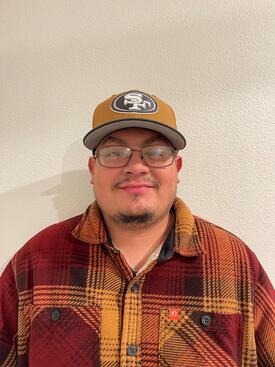
“Being able to take images of stars, galaxies, and clusters was amazing, as well as learning about what is needed to get great images, such as optimal viewing times and picture exposure times,” he said. “This was by far one of the most interesting classes I have taken as a physics major. The class never felt like you had ‘lab work’ because, once you understood what the end goal of the lab was, it was you processing an image of a star or cluster and learning everything about them along the way. It never felt like work.”
Becker said he was pleased Tossounian, Melendrez Oropeza, and the other students in his class appreciated learning the nuts and bolts of how astronomy works, getting into the details of taking the data, and reducing it by writing their own code.
“I hope it helped them appreciate how these measurements are made and to experience the excitement of learning something from the data they took,” Becker said. “Our knowledge of the universe comes from a partnership between theory and observations, and observations are never perfect. Courses like Techniques of Observational Astronomy help our students understand how observations are made, how they can be improved, and how we can make the most out of them.”
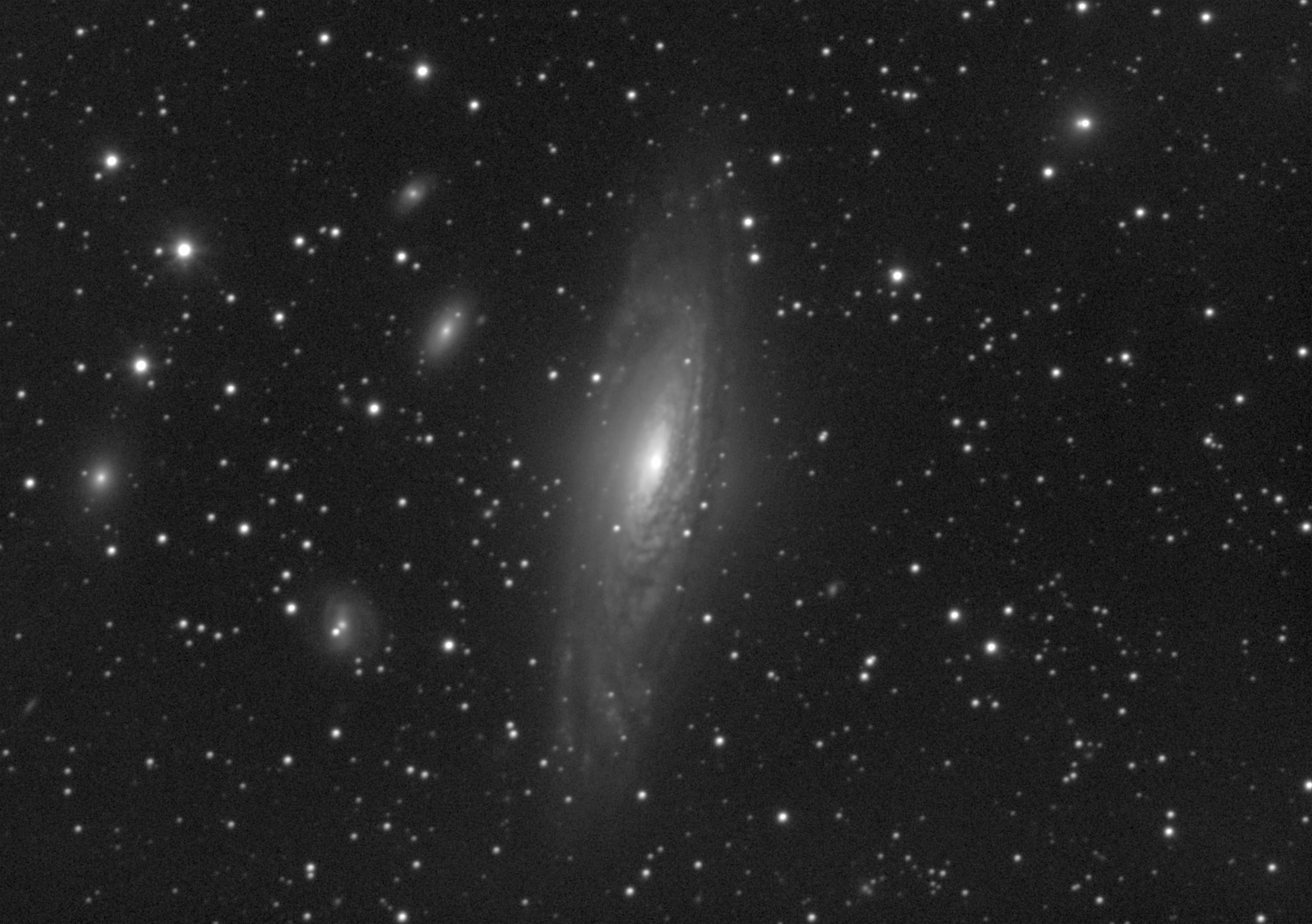
Header image shows five students who took Techniques of Observational Astronomy last quarter. They are seen here outside the telescope shed at GMARS before their first observing run. From left to right, the students are Alfredo Melendrez Oropeza, Sawsan Al Jashami, Christopher Rodriguez, Joshua Roth, and Christopher Perez. (UCR/George Becker)
